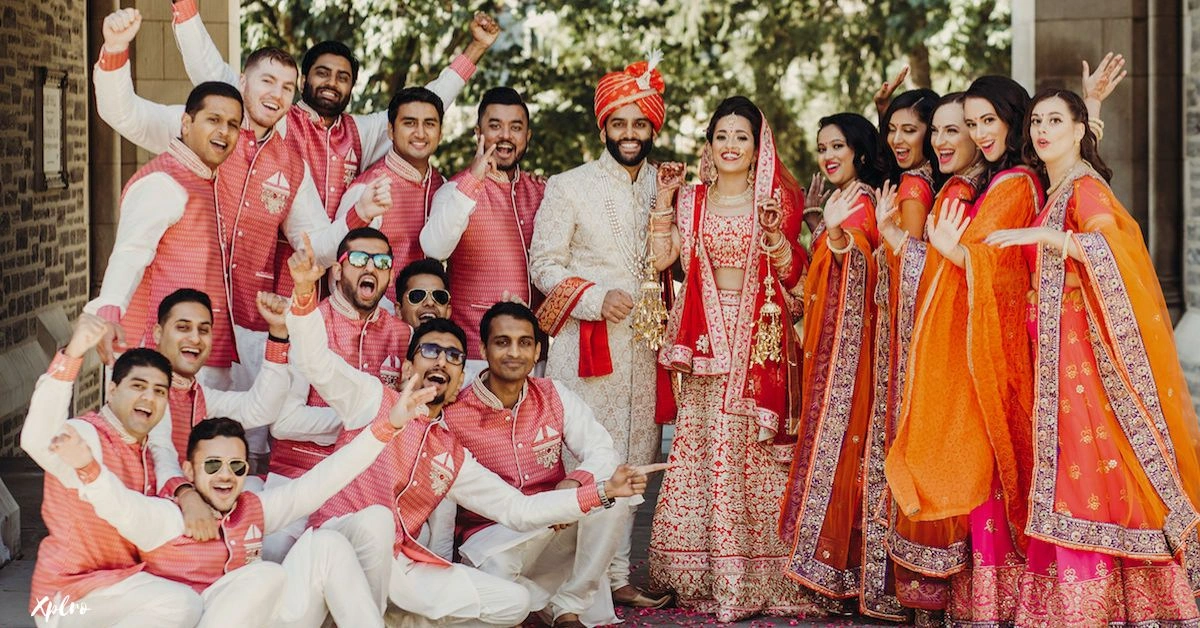India Cultural Immersion, India is a place with a lot of different cultures. It has a long history, many traditions, and lots of colorful celebrations. If you want to see the real India, try doing some cultural activities. Here are 10 ways to experience India’s rich culture:
- 1. Attend a Traditional Indian Wedding
- 2. Stay in a Heritage Homestay
- 3. Participate in Local Festivals
- 4. Explore Rural India on a Village Tour
- 5. Learn Classical Indian Dance
- 6. Join a Yoga and Meditation Retreat
- 7. Cook Indian Food with a Local Family
- 8. Visit Artisan Villages for Handicrafts
- 9. Take a Spiritual Pilgrimage
- 10. Watch a Bollywood Movie in a Local Theater
- FAQs
1. Attend a Traditional Indian Wedding
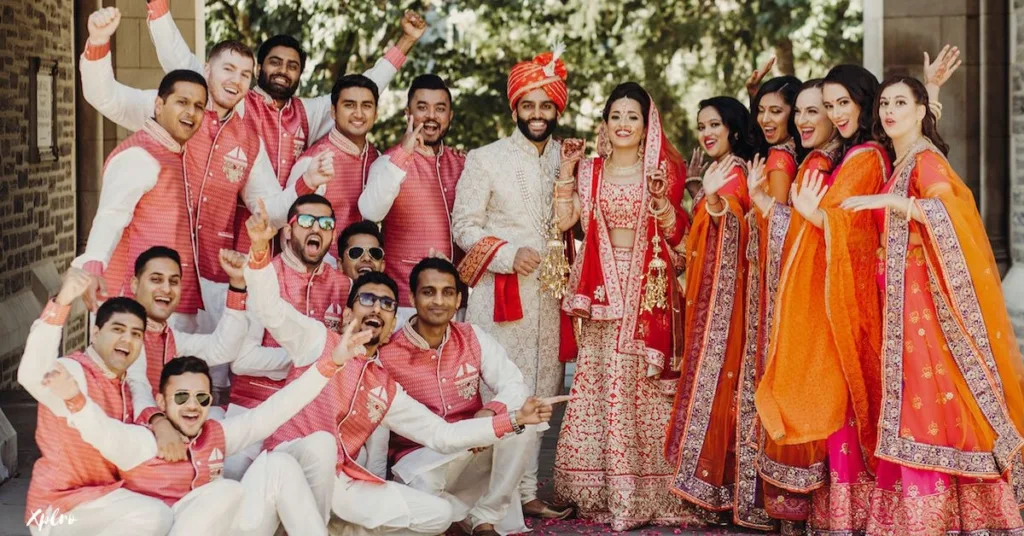
Indian weddings are big, beautiful, and full of old traditions. They have bright colors, fun rituals like ‘Mehendi’ (henna) and ‘Baraat’ (groom’s parade), and lots of delicious food. Weddings in different parts of India have different traditions, from what people wear to the rituals they do. As a guest, you’ll see a mix of food, music, dancing, and family together.
2. Stay in a Heritage Homestay
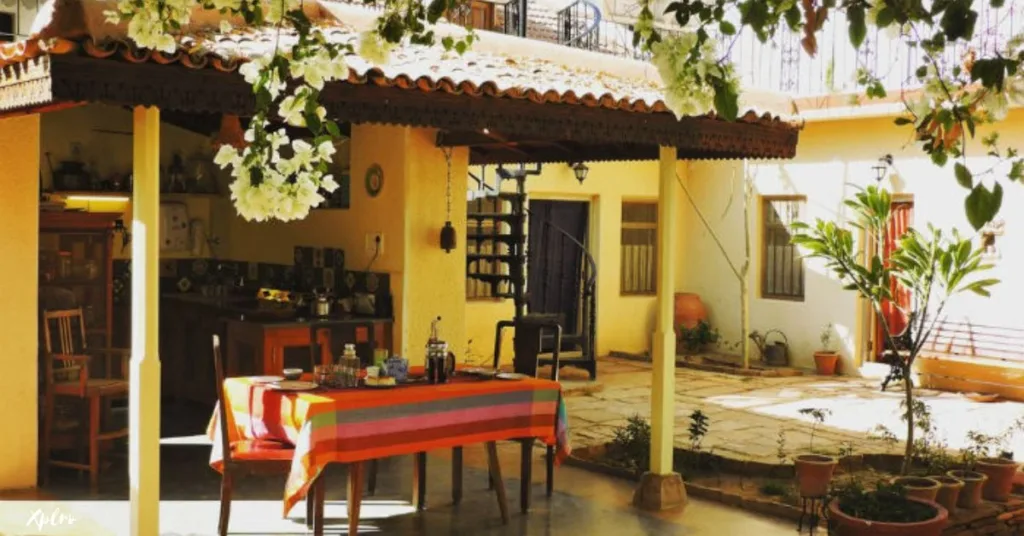
To really experience India, try staying in a traditional home instead of a fancy hotel. Many families in India, especially in Rajasthan and Kerala, let people stay with them. This is a great way to learn about their way of life, customs, and food. In Rajasthan, you might stay in a restored mansion, and in Kerala, you can live in a wooden house surrounded by nature. Staying with a family is a real way to understand India.
3. Participate in Local Festivals
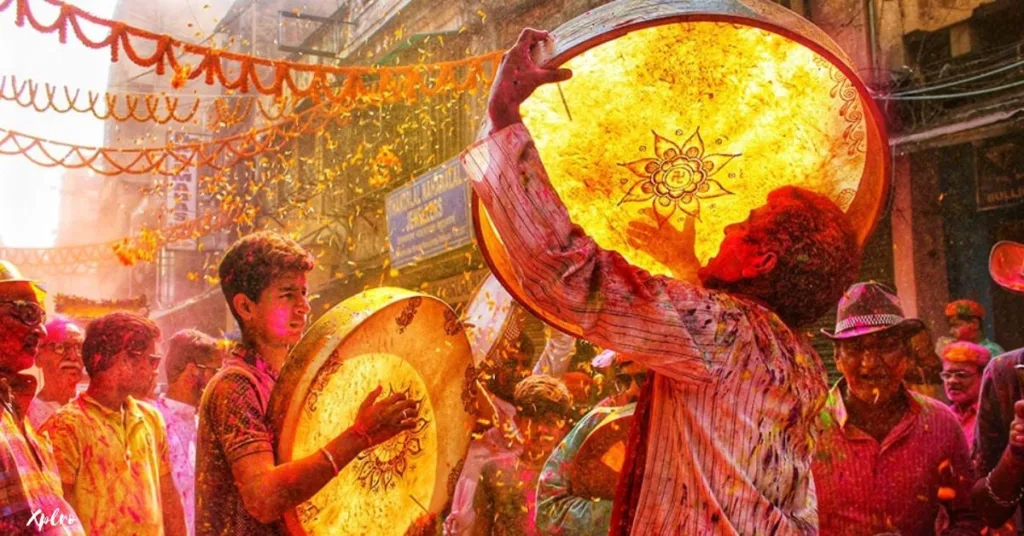
India has thousands of festivals, each one showing a different part of its culture. Going to a local festival is a fun way to experience India’s traditions and meet people.
Here are some festivals you should try to see:
Diwali (Festival of Lights): This festival is celebrated all over India with fireworks, sweets, and lights.
Holi (Festival of Colors): This is a spring festival where people throw colored powder at each other.
Durga Puja in West Bengal: This is a celebration of the goddess Durga. People make beautiful statues, play music, and celebrate together.
4. Explore Rural India on a Village Tour

To really understand Indian culture, spend time in the countryside. Village tours show you how people in India live, including farming, making things, and doing folk performances. Places like the villages of Rajasthan, the tribal villages of Gujarat, and the backwaters of Kerala give you a look at traditional ways of life, from making pottery to growing rice. These tours are not only fun but also let you try different things like making crafts or cooking.
5. Learn Classical Indian Dance
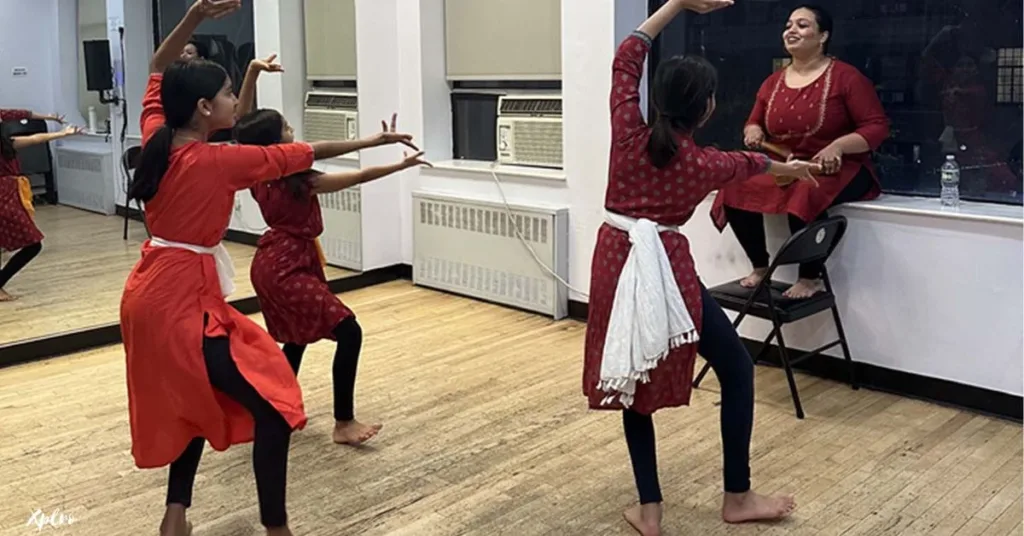
Dancing is a big part of Indian culture. Classical dances like Bharatanatyam, Kathak, and Odissi tell stories. Taking a dance class or watching a performance helps you understand these old art forms. Many cultural centers and dance schools offer short classes for travelers. In Kerala, Kathakali dance-drama is famous for its big costumes and beautiful movements. Bharatanatyam in Tamil Nadu is known for its graceful, rhythmic storytelling.
6. Join a Yoga and Meditation Retreat
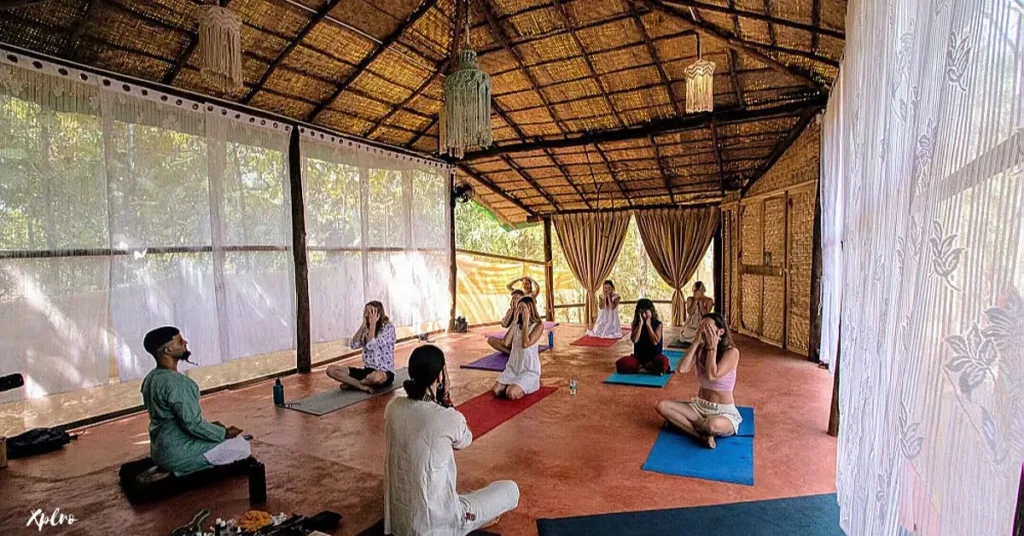
India is where yoga started, making it a great place for people who want to find peace and well-being. Going to a yoga and meditation retreat is a good way to connect with Indian spirituality and feel better. Ashrams in Rishikesh, the yoga capital of the world, and retreats in Kerala offer a mix of old yoga teachings and new wellness practices. You’ll learn ancient ways to help your body and mind feel better, based on Indian philosophy
7. Cook Indian Food with a Local Family
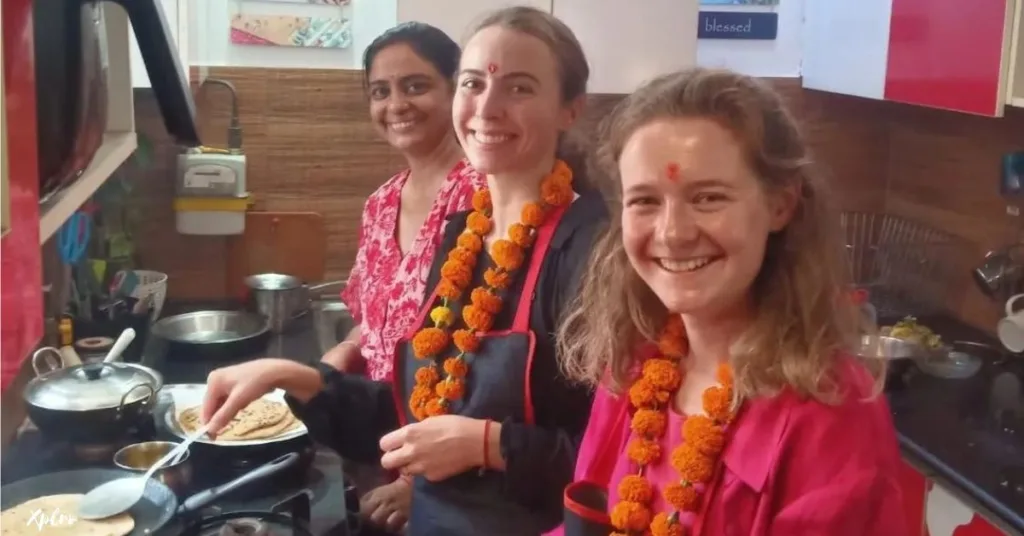
Indian food is as different as its culture, with each region having its own special tastes. Taking cooking classes with local families or chefs is a great way to learn how to make traditional dishes, from North Indian curries to South Indian dosas. Many cooking tours also go to busy local markets, where you can find the spices and ingredients that are important in Indian cooking. Whether you’re learning to make fragrant biryani or savory street food like chaat, these hands-on experiences offer delicious cultural insights.
8. Visit Artisan Villages for Handicrafts
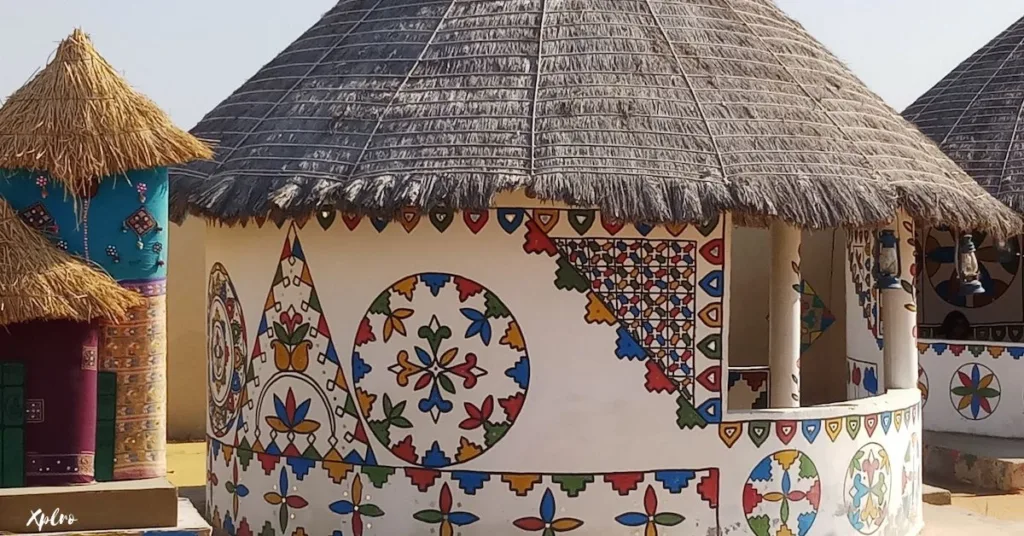
Indian crafts show the history and stories of the people who make them. Visiting artisan villages in Gujarat or Rajasthan lets you see how crafts are made, from block printing to pottery. In places like Bhuj (Gujarat), you can talk to artisans and even learn techniques that have been passed down for many generations. This cultural exchange helps support sustainable tourism and keeps India’s traditional arts alive.
9. Take a Spiritual Pilgrimage
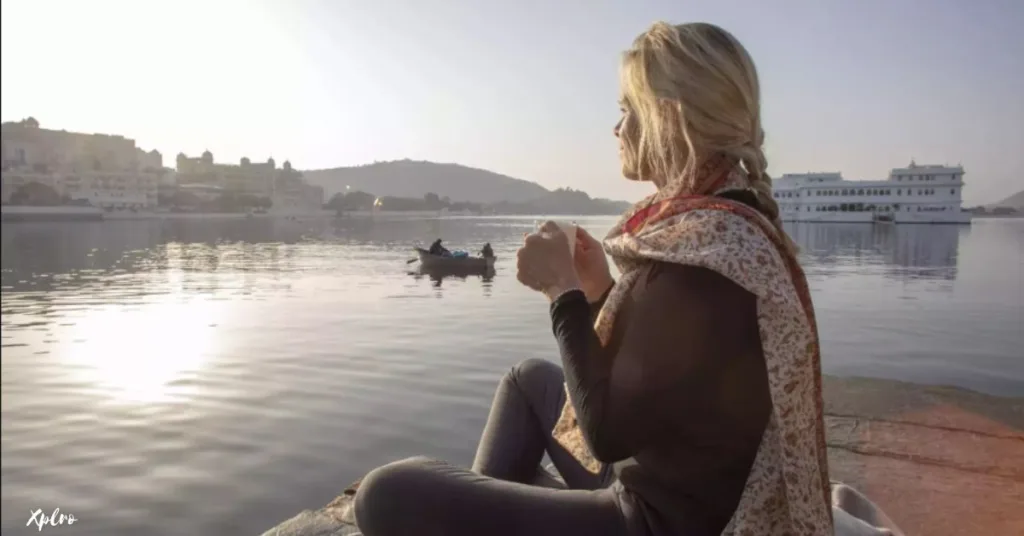
India has a long spiritual history, with many pilgrimage sites that attract millions of people. To have a real experience, join pilgrims at sacred sites like Varanasi, Rameswaram, or Haridwar. In Varanasi, the spiritual heart of India, you can watch or join in the Ganga Aarti, a powerful ritual done on the banks of the holy river. Pilgrimages offer a deep look into India’s spiritual diversity, connecting you with the country’s most sacred places and rituals.
10. Watch a Bollywood Movie in a Local Theater
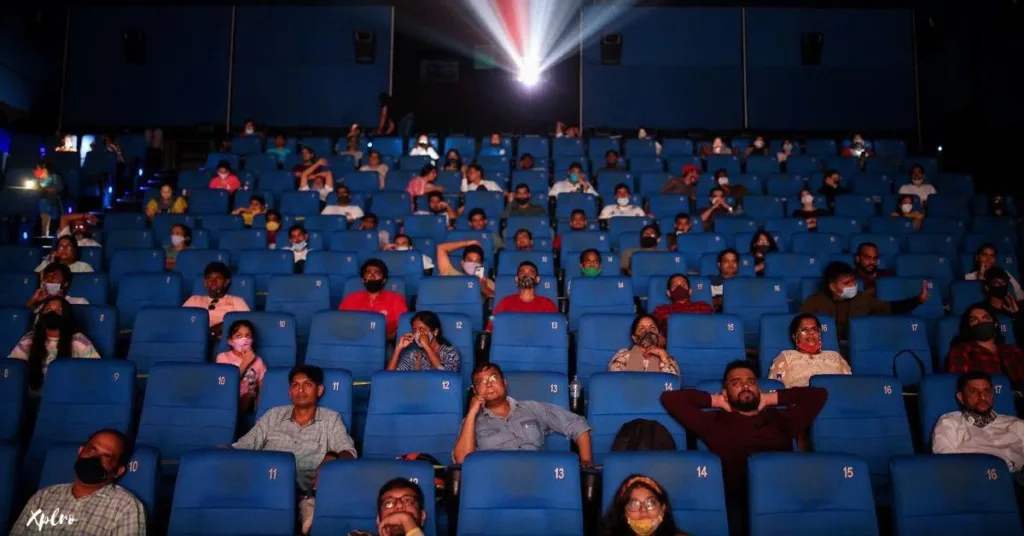
Bollywood is not just entertainment in India—it’s a cultural phenomenon. Watching a Bollywood movie in a local cinema hall is a unique experience, where the audience engages enthusiastically, clapping, cheering, and singing along. Many theaters, like the historic Raj Mandir in Jaipur, add to the grandeur of the experience with their opulent décor and lively atmosphere. To truly immerse yourself, catch a classic Indian film complete with colorful dance sequences and melodramatic plot twists.
Final Thoughts, India Cultural Immersion
India’s rich tapestry goes beyond tourist attractions. For an authentic experience, dive into cultural immersion with Xplro.com! Share a meal in a village, learn an ancient dance, or join a colorful festival. From North Indian curries to South Indian dosas, cooking classes unlock culinary secrets. Witness the power of spirituality at Varanasi’s Ganga Aarti or find peace in a yoga retreat. Explore artisan villages in Rajasthan or Gujarat, and see traditional crafts come alive. Catch a classic Bollywood film in a lively cinema hall and feel the energy! Every activity becomes a window into India’s soul, creating unforgettable memories on your incredible journey.
FAQs
1. What does “India Cultural Immersion” mean?
- India Cultural Immersion involves actively engaging with the local customs, traditions, and daily life to gain a deeper understanding of India’s cultural diversity. This can range from attending festivals, staying with local families, learning traditional crafts, and more.
2. Do I need to speak Hindi to fully enjoy India Cultural Immersion?
- No, knowing Hindi is not mandatory to enjoy India Cultural Immersion. While Hindi is widely spoken, many Indians, especially in cities and tourist areas, are fluent in English. Basic English is usually enough, though learning a few Hindi phrases can enhance your experience.
3. What is the ideal time of year for India Cultural Immersion activities?
- The best time for India Cultural Immersion is between October and March. This period coincides with major festivals like Diwali, Holi, and Durga Puja, offering opportunities to participate in local celebrations. The weather is also more favorable for exploring cultural activities across different regions.
4. How can I join an Indian festival for a true cultural immersion?
- Many Indian festivals are community celebrations where travelers are welcome to participate. You can join the festivities in public spaces or attend temple ceremonies. Local homestays and cultural tours can also help organize more personalized India Cultural Immersion experiences during festivals.
5. Can I take photographs during cultural activities in India?
- Yes, but always ask for permission first. During India Cultural Immersion experiences, particularly at festivals or in temples, it’s crucial to respect local sensitivities. Some religious rituals or sacred spaces may have restrictions on photography, so follow any posted signs or guidance from locals.
6. Is India Cultural Immersion safe for solo travelers?
- India Cultural Immersion can be a rewarding experience for solo travelers, provided you take standard safety precautions. Stick to well-established cultural programs, join group tours for certain activities, and rely on recommendations for reputable homestays and local guides. Solo women travelers may want to be extra cautious, especially when traveling alone at night.
7. Can foreigners participate in religious ceremonies as part of India Cultural Immersion?
- Yes, in most cases, travelers are welcome to observe and sometimes participate in religious ceremonies as part of India Cultural Immersion. In places like Varanasi, you can join in the Ganga Aarti ceremony. However, it’s important to respect the sanctity of the rituals and follow local customs.
8. Where can I learn Indian classical dance or music for India Cultural Immersion?
- Many cultural centers across India offer lessons in classical Indian dance and music. Places like Chennai, known for Bharatanatyam, or Kerala, famous for Kathakali, provide immersive workshops where visitors can learn these ancient art forms as part of their India Cultural Immersion journey.
9. What type of food should I expect during India Cultural Immersion?
- Expect to try a wide variety of dishes during your India Cultural Immersion, each region having its own culinary traditions. A homestay experience often provides home-cooked meals that are different from restaurant offerings. You may get to sample authentic local dishes like dosas in South India, thalis in Gujarat, or curries in Rajasthan.
10. Is it customary to give gifts or tips during India Cultural Immersion?
- During India Cultural Immersion experiences, such as staying in homestays or participating in workshops, small, thoughtful gifts from your home country are appreciated by hosts. While tipping isn’t mandatory, offering a tip for guides, artisans, or anyone providing services during your immersion experience is always welcomed.




